In the digital world we live in, many people ask “why film?”. It’s something I asked myself when I first started this great hobby just three years ago. Once I started shooting film I quickly found that there was a distinct difference. I’m an engineer so naturally I over-analyze nearly everything; photography is no different. While camping this past fall I had the opportunity to capture a beautiful sunset. At first, I just took the photo on my Argus Argoflex TLR loaded with Ektar 100. After I got my shot I pulled out my Fujifilm X-T30. Still wanting to take more photos I pulled out my Canon SureShot MAX loaded with Fujifilm Fujicolor 400. Finally, to be able to immediately show off to my friends at work, I pulled out my iPhone XR and took a shot with it.
Once I got home I realized I had four shots of the same scene, captured on two different mediums. I thought it would be a perfect way to compare and contrast the differences between digital and film. This is not a comprehensive comparison, but hopefully is at least a good stab at trying to do so.
Comparing the Mediums
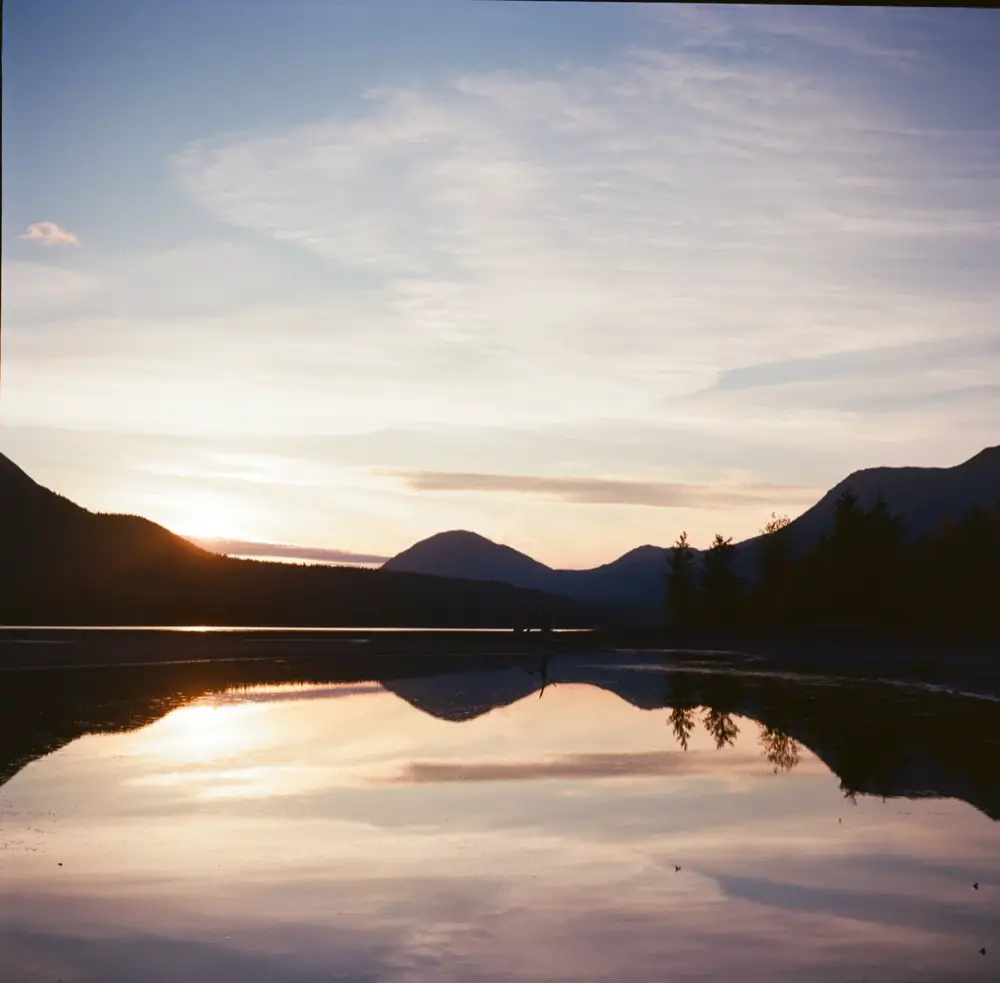
This was my first roll of Ektar 100. There are a ton of reviews on the film if you want to read more, read them here. Generally speaking, it’s not as pastel-ly as the Portra line, but will produce vibrant colors when exposed properly. I was impressed with the color range the film had and will definitely buy it again if I get the chance.
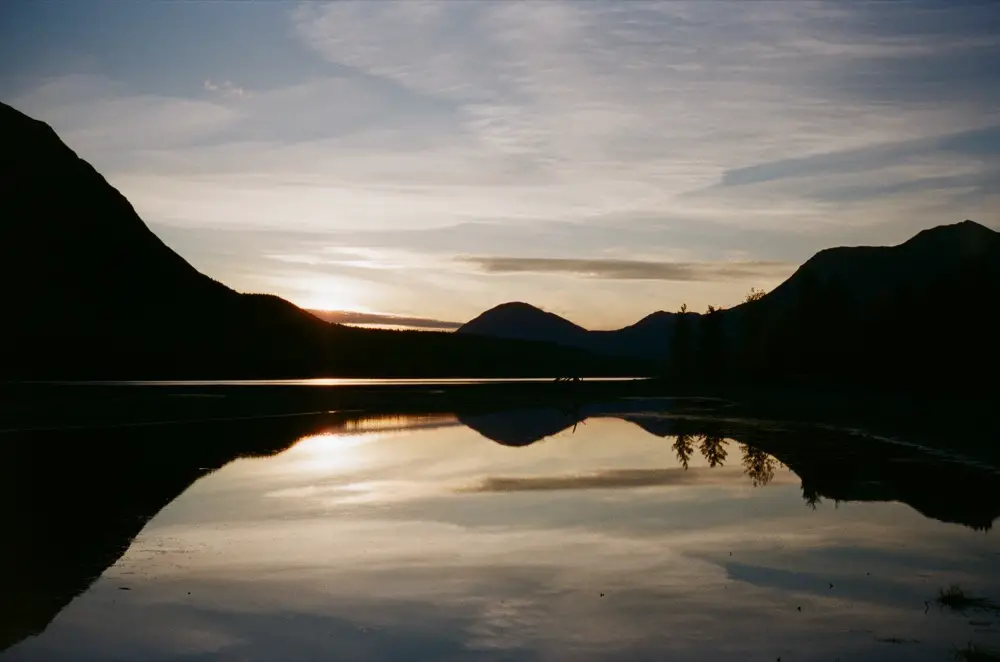
This isn’t my first time with Fujicolor 400. I’ve shot it in the past and definitely think it’s got its place in your film stock rotation. It’s not as easy to find in bulk these days, so when you find it, grab some. Generally speaking it’s cooler than Kodak film but that causes it to produce some good blues, greens, and reds. For a more detailed comparison, read a post I made on 35mmc here.
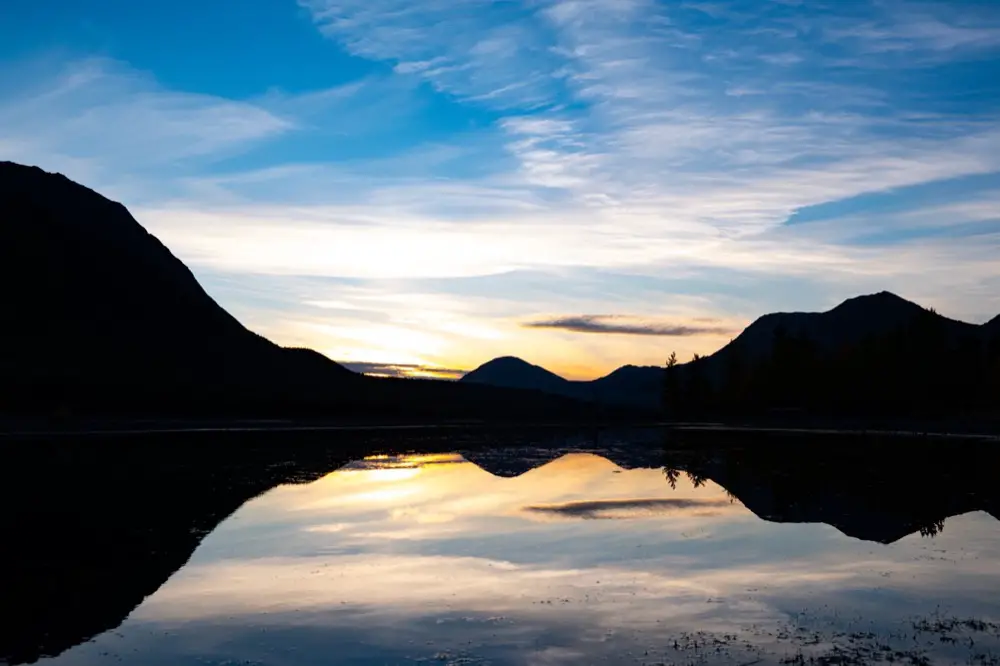
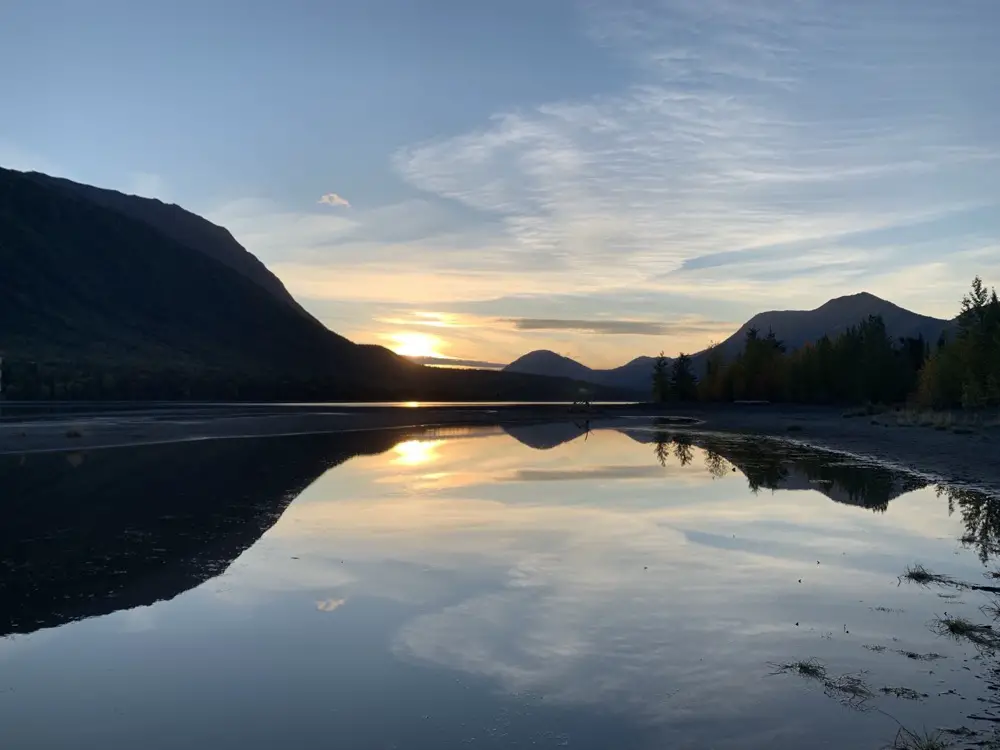
The two film stocks reacted the way I thought they would. The pinks brought out in the Ektar is pretty characteristic of what I’d expect based on my knowledge of the stock and how I’ve seen sunset pictures from others. For the Fujicolor, the blues are less vibrant than I expected but the golds shine through more than I initially thought they would. The tint of the Ektar seems to mute the differences in colors whereas the Fujicolor has a distinct difference between the blues and golds in the sky. Note that both of these were untouched and are exactly how I got them from State Film Lab.
Looking at the digital pictures, note that I developed the X-T30 shot in Lightroom whereas I haven’t touched the iPhone shot. Whenever I develop my digital shots, I try to do so keeping true to the tones of the scene as I remember them. This was my goal in developing the X-T30 shot which is why it’s the most vibrant of the group. I could develop the iPhone shot if I wanted too but the effort just isn’t worth it to me as I took the iPhone shot as something cool to show my coworkers on Monday morning.
Between the four I think you can definitely tell the Ektar is film and the iPhone is iPhone. I think if you were to just look at the X-T30 digital and the Fujicolor film shots you might not be able to tell which was digital at first, or at a minimum the Fujicolor might be able to pass as the undeveloped version of the digital. The Fujicolor’s muted blues are what I might have expected from a digital that hasn’t been touched, and it looks like a non-HDR version of the iPhone when you’re looking just at colors. All in all the colors are what I was most interested in when comparing these shots.
Comparing the Focal Lengths
Understanding focal length and crop factor (full frame, 35mm equivalent) is important because it tells you what your field of view will be when you start to compose a scene. Lower focal lengths provide a more wide field of view, higher focal lengths provide a more narrow field of view. For reference, it is estimated that the human eye has roughly the equivalent of a 40mm-50mm focal length lens on a full frame camera. With that, let’s look at the lenses of the photos and see what their equivalent focal lengths were:
| Camera | Lens Focal Length | “Full Frame” Equivalent |
| Argoflex | 75mm | 42mm |
| Canon SureShot Max | 38mm | 38mm |
| Fujifilm X-T30 | 18mm | 27mm |
| iPhone XR | 4.5mm | 26mm |
Comparing Image Quality and Size
When it comes to film, your quality and size is dependent on your scanning method. Digitizing with a digital camera and a light box vs. an at-home scanner vs. lab scans will all produce different results and overall resolution. Many labs like State Film offer different options for quality (which scanner they use and adding color correction) and size. For digital cameras, quality and size is largely dependent on your image sensor size, overall megapixels, and even aspect ratio you use (16:9 vs 3:2). The table below shows the pictures and their full-res sizes.
| Camera | Resolution |
| Argoflex (6×6 film) | 4832 × 4760 |
| Canon SureShot MAX (35mm with ProScan XL) | 6774 × 4492 |
| Fujifilm X-T30 | 5207 × 3471 |
| iPhone XR | 4032×3024 |
The human eye from a normal standing distance (appx 2 ft) can see pixels at printed resolutions lower than 200 dpi. The larger the image/scan the bigger you can get your image printed if you chose to do so. For digital, shooting in RAW gives you the ability to export to higher-resolution formats such as TIFF that are designed for enlargements and keeping the crisp details.
For all that said, when looking at quality, I think the X-T30 digital looks the sharpest of the four, followed by the iPhone and then the two film shots are tied. That being said, the Argoflex and Canon SureShot MAX are both not considered high-end cameras in their respective classes so their glass probably isn’t the sharpest out there (compared to a Mamiya and Contax). Still though, their details are fairly crisp and if they weren’t compared to digital shots I think they would hold their own.
ISO and Grain
Shooting with digital allows you the flexibility in being able to adjust your ISO. You can push/pull your film, but typically you have to make that decision for the whole roll, not just individual shots. The X-T30 shot was at 400 ISO, whereas the iPhone shot was at 25 ISO. The film shots were both shot and developed at their box speeds (100 and 400). The two digital and Ektar 100 look to have very minimal if no grain to them at all. The I think the Fujicolor shot has a hint of grain to it, but overall I think it’s still pretty minimum and doesn’t detract from the image. It’s interesting to see the difference in grain between the two ISO 400 shots. This is typical in comparing film stocks at the same ISO, so the fact that there’s a difference between a digital and film shot isn’t horribly surprising but is still cool to see.
Final Thoughts
Overall I think it’s fun to see the differences between cameras, formats, and mediums. Rarely do I get the chance to have 4 different shots of the same scene. I like all of them and they all hold their own purpose.
The iPhone shot was meant to have something quick on my phone to get to brag to my friends about. The Canon SureShot MAX was meant to be a film backup in case I messed up the Argoflex shot. The Argoflex shot was my primary camera I wanted to capture this scene. The Fujifilm X-T30 I had on me and I figured it was worth shooting as well.
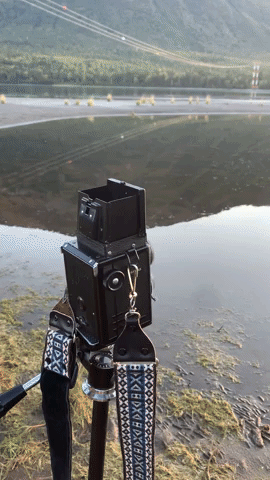
The Argoflex is not the easiest to compose, although using a tripod makes it easier. That being said I’m a bit peeved I didn’t get the horizon as centered as I would have liked. Still though, the feel of the Ektar 100 is something you just can’t get on digital, even with filters and presets.
One quick look at one of the biggest factors of the photography world: price. The Argus Argoflex can be found for $40-60. The Canon SureShot MAX can be found for $50-70. The iPhone XR is a $400-500 phone, whereas the Fujifilm X-T30 with the lens I used is a $1200 setup.
They say the best camera is the one you have with you. I hope if you take away anything from this article it’s that as long as you find a way to capture an image on whatever medium you have available you can share the memory forever.
We live in a beautiful world. I hope you get to explore and cherish it the way I do.
Thanks for reading.
–Charlie Bierwirth
@fred_underhill on IG
Share this post:








Comments
Chalifour Bruno on 1 Sunset, 2 Mediums, 4 Cameras – By Charlie Bierwirth
Comment posted: 16/05/2022
I wrote "personal" as we have to remember that your workflow is unique as it does involve many variables. The first one that comes to mind is the tools you use: a-the lab you use for film-processing, b- the scanning method and tools for your processed film, c-the processing of your raw format (default settings in Lightroom/ACR and the modifications you may have added, e-the quality of the lenses used when you compare sharpness (the Fuji lens, of a modern, computer-assisted design and with the latest coating should obviously be sharper than the lens of the Argoflex, [f-perhaps also your memory when you write "true to the tones of the scene as I remember them]. And then your own knowledge base and taste in assessing the results.
In any case the comparisons you have operated will help you to choose the best tool for future your photographing goals; something all of us should do at one point or another. Thanks for sharing.
David Hume on 1 Sunset, 2 Mediums, 4 Cameras – By Charlie Bierwirth
Comment posted: 16/05/2022
These comparos are really hard. At sunset the light changes so fast that it's changed between each shot; it gets a bit lower, a bit of cloud drifts in - all that stuff. And of course as Bruno has already pointed out, a lot goes on in between the film/sensor and the digital output. There are the decisions made by the scanner software and camera algorithms. The scanning/dev house I use gives me scans back that I would never use without further processing, and that's what I want, because even if I don't adjust colours, I'd be adjusting the black and while points myself. If you're getting a jpeg back from them I'd say there is a good case to be made that you don't ever want blacks or whites in a scan - you want a scan to contain as much usable information from the film as possible that you then tune to taste. Same with the dig really... what's recoverable from the shadows? What can you pull back from the highlights?
I think, for me anyway, the most telling thing is what you did with the XT-30 shot; making it true to the scene as you remembered it. That's the way I try to process my film and dig shots, except I'd probably take it even further and say "the way I WANT to remember it." In other words, I'm trying to make something that evokes a scene or evokes a response in the viewer rather than goes for what we might term accuracy. BTW I reckon that iPhone shot is pretty sweet compared to the XT-30; I find the transitions round the sun nicer; there's less blown and more left in the shadows - which only goes to show how personal it all is. So thanks, good to see this and think about it - and as I say I'll be keen to hear what you think about my 2c worth in a week or so. Cheers!